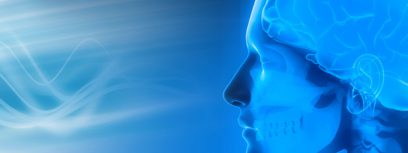What is Neuro Optometric Rehabilitation?
Neuro Optometric Rehabilitation involves therapies that help those parts of the brain that have been damaged, to function properly. This damage can be due to injuries caused by accidents or sometimes even stroke. Such types of injuries can cause a great deal of damage to vision. Optometric rehabilitation specialists are trained to bring such patients to the normal vision. Sometimes, neurological problems can also be pre-natal. Such victims also require rehabilitation. Clinics for neuro optometric rehabilitation do just that. Through a series of tests and therapies, they seek to cure the patient of the disorder.
Causes and Remedies
There are three types of major visual problems that can arise from brain injury: visual field loss, diplopia and visual balance disorders. These three types of disorders wherein the patient loses much of his or her eyesight due to brain injury or concussions is a situation that needs attention. Losing vision is the most demoralizing thing that could happen to someone. However, one must note that it can be treated if proper attention is paid to it at the very start. Patients suffering from visionary impairments resulting from brain concussions or other injuries should consider treatment, as mostly it yields successful results.
Visual problems can be due to several problems. Like for example, they can be caused due to traumatic brain injury or cerebrovascular accidents, cerebral palsy, sclerosis etc. These visual disorders may manifest themselves in psychological problems like anxiety and panic disorders as well as other dysfunctions. A neuro optometric rehabilitation treatment plan will improve the patient’s vision dysfunction. Treatments encompass medically necessary lenses and prisms and also other appropriate rehabilitation strategies. Patients suffering from such kinds of visual problems are generally offered prism treatments that are effective remedies.
In children with chromosomal and brain disorders, vision problems are very common. Rehabilitating and curing is possible. There are several methods that can be availed of to revive vision in the patients. Patching is one of them. Herein, the patient can cure diplopia. However, it leads to a monocular vision. In other words, field vision is reduced by almost 25%. Surgical techniques can also be used to cure diplopia. Surgical relocation can weaken or strengthen underactive or over active muscles.
- 50-60% of brain injured individuals require professional aid of an ophthalmologist
- Verginence difficulties are evident in 38% acute traumatic brain injured individuals.
- 79% suffer from diplopia with brain injured patients.
- 20% of all stroke patients suffer from visual problems.
- 59% of brain injured individuals display visual problems
- 60% of stroke patients had unilateral neglect.
- 20% of all individuals are admitted to rehabilitation with visionary perceptual problems.
This proves why it is increasingly necessary for patients to treat optometric problems. Visionary issues can arise from a number of problems. They can be there since birth or after a major accident. However, what is important to note is that it is curable. The statistics above show how common it is. Thus, remedies are also available.

